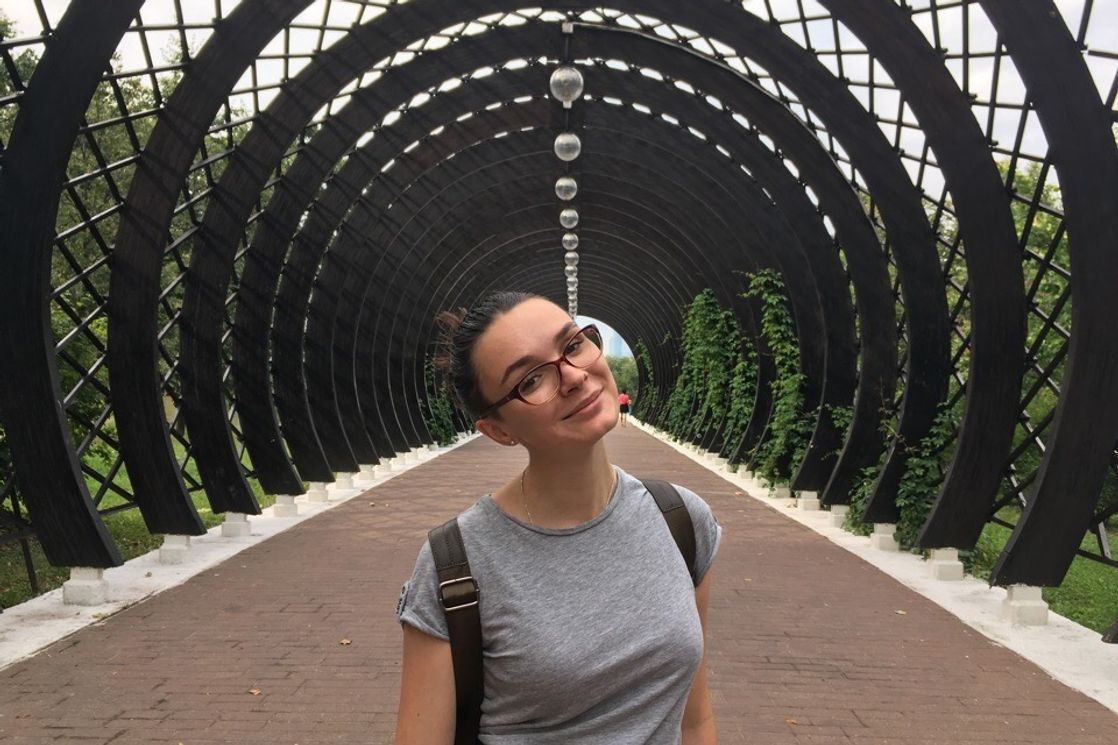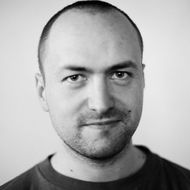A Journey through Childhood, the Essence of Raisins, and Other Films from HSE University

One documentary and six animations created by HSE Art and Design School students were shortlisted at this year's St. Anna’s Festival. The annual Young Cinema Forum attracts the attention of aspiring film professionals from all regions of Russia, as well as the CIS, Europe and America. Students of the HSE Art and Design School told the News Service about the ideas behind their works, which were selected by the professional jury, and what it was like to work on them.
128 films out of 414 entries made it into the programme of this year’s St. Anna’s Student and Debut Film Festival’s. The films spanned all categories — features, documentaries, and animation. The latter category included just 18 animated films, six of which were created by students of the HSE Art and Design School. Beginning April 16, all the works by HSE University students will be available for viewing in Moscow cinemas. For the first time the festival will also feature the film ‘The Essence of Raisins’ by third-year ‘Animation and Illustration’ student Natalia Potemkina.

‘At the beginning of the third year, we were tasked with creating an informational video on any topic. Out of a large field of possibilities, I chose to tell the viewer about something small and unremarkable, but with potential,’ says Natalia. ‘I also started buying raisins instead of sweets at the store. They turned out to be so delicious that it just encouraged me to explore their qualities.’
To tell viewers about the hidden benefits raisins contain, in the student's opinion, beneath their unattractive skin, Natalia conducted a whole study: she talked to dried fruit suppliers and collected information herself. ‘The idea is reinforced by the fact that the dried grape begins (only in my video) to possess intelligence a and will to take over the world,’ she says. ‘In terms of challenging aspects of the work process, they were related to presenting dry facts to the viewer in a more interesting and enticing way. My supervisor Lyubov Hobotova helped me a lot in this by providing me with the necessary tools to capture the viewer's attention.’
Natalia says that St Anne’s is her first festival, so she sees it as a new and interesting experience that can help her advance in the business she loves. ‘When I found out about it, I was like, “Really?!” It made me very happy to see my classmates next to me!’
A total of six animated films by students from the HSE Art and Design School were shortlisted at the Saint Anna’s Festival:
‘Neighbours’ by Oh Hae Un and Aleksandra Netunaeva;
‘Dogs Smell of the Sea’ by Anastasia Lisovets;
‘Passengers’ by Alisa Vasilyeva and Ilona Enmanova;
‘Fortress’ by Masha Mayorova;
‘The Essence of Raisins’ by Natalia Potemkina;
‘Come out of the Room’ by Nigina Rakhmatullaeva.
Second-year ‘Cinema and Video Art’ student Mikhail Semyonov’s non-fiction film ‘My Name’ was also included in the competition programme of the Young Filmmakers’ Forum. ‘My name is the house where my childhood feelings, fears, and memories live — my “self”. I left me and forgot my name, but I really want to remember it,’ Mikhail says about the concept of the film. ‘This film is a journey through intuitive and random associations through the places of my childhood and an attempt to find myself in them.’
Childhood can be a lot of things. For me, it’s a house in a countryside that no longer exists. And the longer it’s gone, the sooner I forget my name, my self
The student made a solitary journey alone with a camera to a village in the Yaroslavl region, filming everything he came across along the way. This footage, along with shots of places that have an appropriate association with the film’s concept, made it to the final cut.
‘There are no complicated scenes in my documentary. It’s just a documentation of a kind of cinematic vision,’ says Mikhail. ‘I wasn't really expecting anything from participating in the festival, but I suppose it's just a very personal, auteur film. It has a certain language, it's interesting to understand, my curators talked about this, they even compared me to the documentary director Viktor Kossakovsky, which was very flattering. Nevertheless, I had no expectations of the festival, and the fact that I made the shortlist was certainly a pleasant shock.’
Mikhail also noted that his programme’s curator model is exactly what once attracted him to HSE University. ‘I chose the HSE Art and Design School because I realised that freedom and independence from one’s master is very important to me. I am more interested in developing my own language, my own artistic techniques, my own cinematography, and getting constant feedback. I also like the fact that our profile provides a theoretical basis. We have a course called “Theory and Philosophy of Modern Art”, which is very cool: I can develop my techniques based on theory.’
Anton Bilzho, filmmaker, screenwriter, and lecturer at the HSE Art and Design School, creative advisor of Mikhail Semyonov

St. Anna’s is a wonderful festival where thousands of works are submitted. I myself once won the Grand Prix there (in 2012 for ‘The Tale of Eugenia and Me’ — ed.), a very important award for me, which indirectly and psychologically opened my way into cinema. I'm very happy that Mikhail’s work, which I like a lot, was short-listed. That in itself is already a good assessment of his work. I wish him success!
See also:
Graduation Project of HSE Art and Design Graduate Wins Grand Prix at ‘Saint Anna’ Film Festival
The 31st ‘Saint Anna’ Open Festival of Student and Debut Films was held in Moscow on April 12th-17th, 2024. Nikolay Kovalenko, graduate of Ivan I. Tverdovsky's workshop in ‘Screen Arts’, received the Grand Prix for his graduation project ‘Lelera’, while his classmate, Alina Sorokina, won the Mosfilm prize.
Videos by the Media Accelerator for NGOs at the Faculty of Creative Industries Receive Awards at LAMP International Film Festival
On October 8, 2023, the award ceremony of the LAMP international impact film festival took place in Perm. In the ‘Social video advertising’ category, the jury recognized ‘Remove the stigma of HIV’ (directed by Maria Koneva, produced by Vadim Dolgikh) as the best video about discriminated people with HIV. Two other videos from the project – ‘Still Life’ (directed by Boris Chertkov, produced by Eleonora Klementyeva) about foodsharing and ‘Dobrovorot’ (directed by Maria Koneva, produced by Vadim Dolgikh) about secondhand clothing consumption – were also winners at the festival.
‘We Hope that Our Film Will Motivate Young People to Get Involved in Research’
In honour of HSE University’s 30th anniversary in November 2022, the RT television channel made a documentary film called 2052: See the Future. The film is dedicated to the university’s research achievements and how they will change the world in the decades to come. The film was released this year in English and Arabic. The first festival screening of 2052: See the Future took place as part of the 7th Gagarin.doc International Festival of Cinema, Science and Contemporary Art.
‘The Creative Industry Teaches Us to Overcome Failures’
On April 19, the HSE Film Institute held a press conference on the topic of ‘Achievements and New Goals’ at the HSE University building on Pokrovsky Bulvar. In addition, students of the Actor educational programme presented the results of their first year of studying.
‘Producers Will Wait in Line for Our Graduates’
This year, the HSE Film Institute is welcoming its first applicants. How does the Institute teach screenwriters, directors, actors, and producers? How do the Institute’s degree programmes differ from those of other specialised universities? What’s a better way for students to enter the industry—arthouse or mainstream films? How will the industry deal with the economic crisis? Alexander Akopov, Director of the HSE Film Institute, answered these questions and more in an interview with the HSE News Service.
Uniting Science and Film
The film Alive Inside by American director Michael Rossato-Bennett discusses the surprising results of treating Alzheimer’s and other memory disorders with the help of music. The director first got the idea to make the film after he met Dan Cohen, a volunteer at a nursing home.


